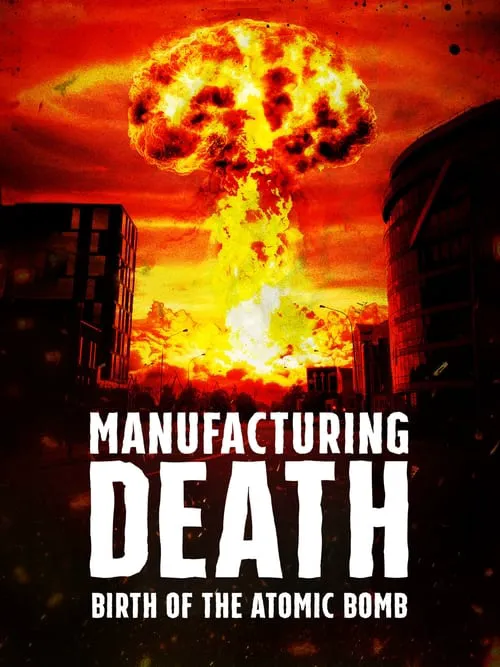Manufacturing Death: Birth of the Atom Bomb

あらすじ
In the tumultuous years leading up to the Second World War, the notion of an atomic bomb was little more than a far-fetched concept in the realm of science fiction. The prevailing understanding of the world was vastly different, with nations locked in a struggle for dominance and a global conflict brewing on the horizon. This marked the beginning of a perilous journey, one that would ultimately give rise to the Manhattan Project and forever alter the course of human history. It was against this backdrop that a small coterie of scientists began exploring the mysteries of atomic energy, driven by a combination of curiosity and a sense of urgency. Among them was Albert Einstein, widely regarded as one of the greatest minds of the 20th century. In 1939, as the threat of war loomed large, Einstein penned a letter to President Franklin D. Roosevelt, warning of the potential for the Nazis to develop an atomic bomb. This letter served as a clarion call, galvanizing efforts to embark on a research effort aimed at harnessing the power of atomic energy. The seeds of the Manhattan Project were sown in the years that followed, with key players like Enrico Fermi, Richard Feynman, and Robert Oppenheimer taking the reins. These pioneers were part of a select group of scientists who would lay the groundwork for the development of the world's first nuclear reactor and, subsequently, the devastating atomic bomb. The quest to unlock the secrets of the atom was not an easy one, fraught with setbacks, disagreements, and unrelenting pressure. Despite these challenges, progress was painstakingly made, with each breakthrough bringing humanity incrementally closer to the threshold of unimaginable destruction. The Los Alamos Laboratory in New Mexico became the epicenter of this endeavor, where Oppenheimer, a man often described as the 'father of the atom bomb,' orchestrated a symphony of collaboration among some of the world's most brilliant minds. Here, scientists poured over equations, ran experiments, and theorized about the potentialities of a new form of energy. Meanwhile, the war-torn world witnessed the unfurling of unimaginable horrors - the Blitz, the Battle of Stalingrad, the Blitzkrieg. Cities lay in ruins, innocent lives were lost, and a growing sense of unease characterized the atmosphere. Against this dark backdrop, the Manhattan Project labored tirelessly to realize its vision of harnessing the atom's might. Years flew by, marked by trial and error, breakthroughs, and setbacks. As Allied forces inched closer to victory, a sense of desperation took hold among the Nazi leadership. The possibility of harnessing an atomic bomb to reverse the tide of war weighed on their minds, driving them to accelerate their own nuclear ambitions. However, it was too late. The world's leading scientists had by now made significant strides in harnessing the atom's energy, driven by an unyielding sense of duty to ensure the world would never fall prey to the same horrors it had witnessed under the Nazi regime. It was against this critical backdrop that the United States' first nuclear test detonated - Trinity, a codename that would go on to define an era. The date was July 16th, 1945. In a remote stretch of the Jornado del Muerto desert in New Mexico, a massive explosion lit up the sky. For those who witnessed this momentous event, it was as if they had peered into the very abyss of creation itself. The world would never be the same, for within that blast lay the seeds of a new age - an atomic age that would bring humanity unparalleled technological advancements, but also a perpetual threat to its survival. In the immediate aftermath of the Trinity test, the seeds of doubt began to sprout among the scientists who had given birth to this monstrosity. The knowledge that humanity now possessed a new, exponentially deadly tool left an indelible mark on their psyche. They had unleashed a force that could single-handedly destroy entire cities, plunging the world into the unknown. The atomic age's advent not only marked the culmination of scientific achievement but also the commencement of a chilling existential reckoning. It became clear to those who had played a part in its creation that humanity was staring down the barrel of an abyss from which there seemed to be no turning back. In a paradox of fate, the scientists and their contemporaries who had once sought to harness the power of the atom for good now found themselves grappling with its potential for unparalleled destruction. The implications of their handiwork were stark: an era of mutually assured annihilation, where human existence hung precariously in the balance.
レビュー
おすすめ




